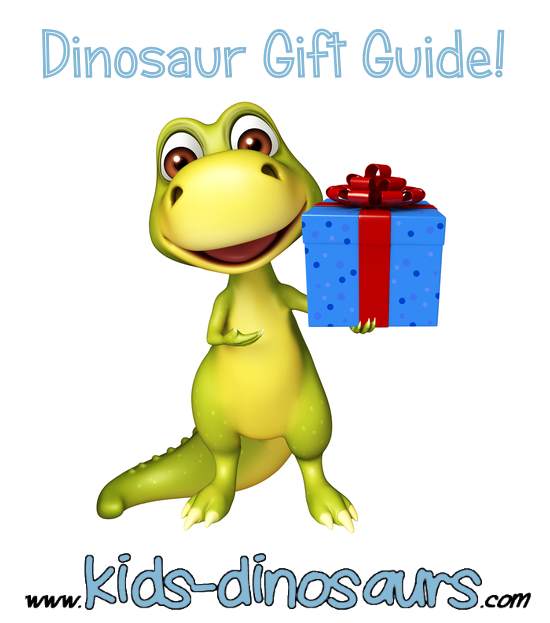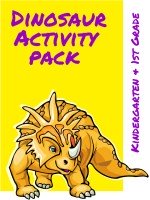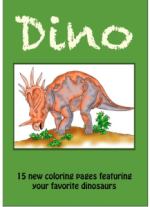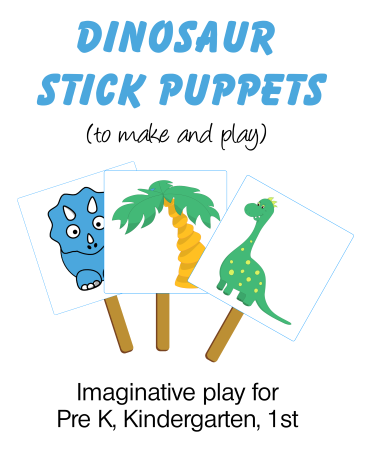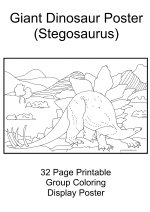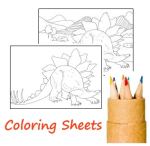Meat Eating Dinosaurs
The biggest to smallest carnivorous dino facts!
Ever wondered which dinosaurs the meat eating dinosaurs ate? Who was the biggest or smallest? And when did they live?
It is time to check out the facts about carnivorous dinosaurs - and get the low down!
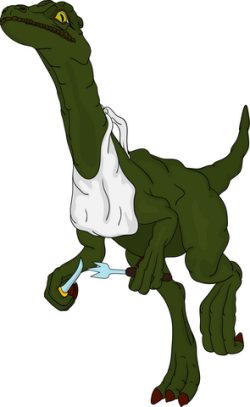
The Biggest Carnivore
Spinosaurus was the biggest meat eater. It lived in the Cretaceous Period (around the same time as these Cretaceous dinosaurs) in North Africa.
What did Spinosaurus eat?
It is thought that this dinosaur lived on land and in water (like a crocodile) - and ate fish.
One fish living there at that time was Mawsonia - and the waters also contained a crocodile called Stomatosuchus.
Other dinosaurs living in the same place at the same time are :
- Aegyptosaurus
- Bahariasaurus
- Carcharodontosaurus
- Deltadromeus
- Erectopus
- Paralititan
More Spinosaurus Facts for Kids
The Smallest Carnivore
I am going to award smallest meat eater to Hesperonychus at only 19 inches (50cm) and about 1 meter long. It ate insects, baby dinosaurs and small Cretaceous animals.
It is bigger than the tiny Parvicursor (at 39cm long) but this dinosaur generally ate termites. And the Albertonykus at 70 cm long is thought to have eaten only insects.
More Meat Eating Dinosaurs
Who they ateDeinonychus – Their teeth have been found near Tenontosaurus fossils, so scientists believe they hunted them in packs. Tyrannosaurus Rex - There is some disagreement about whether T. Rex was a scavenger or predator. They probably hunted Hadrosaurs and Triceratops Allosaurus - The lived at the same time as Diplodocus and Stegosaurus. |
Who ate themDeinonychus – Lived around the same time and same place as the larger Acrocanthosaurus so that may well be a predator. Tyrannosaurus Rex - It is thought that T. Rex was top of the food chain and had no predators. Allosaurus - thought to be top of its food chain. |
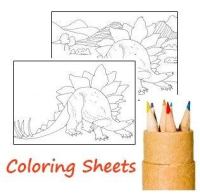
This site contains affiliate links. Please read my advertising disclosure.
Download and print!
Only $3
GIANT 32 page Dinosaur Coloring Poster for classroom art. $4





